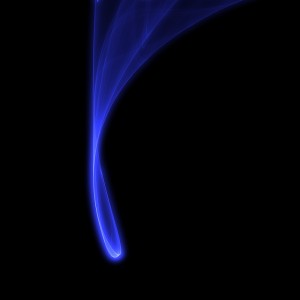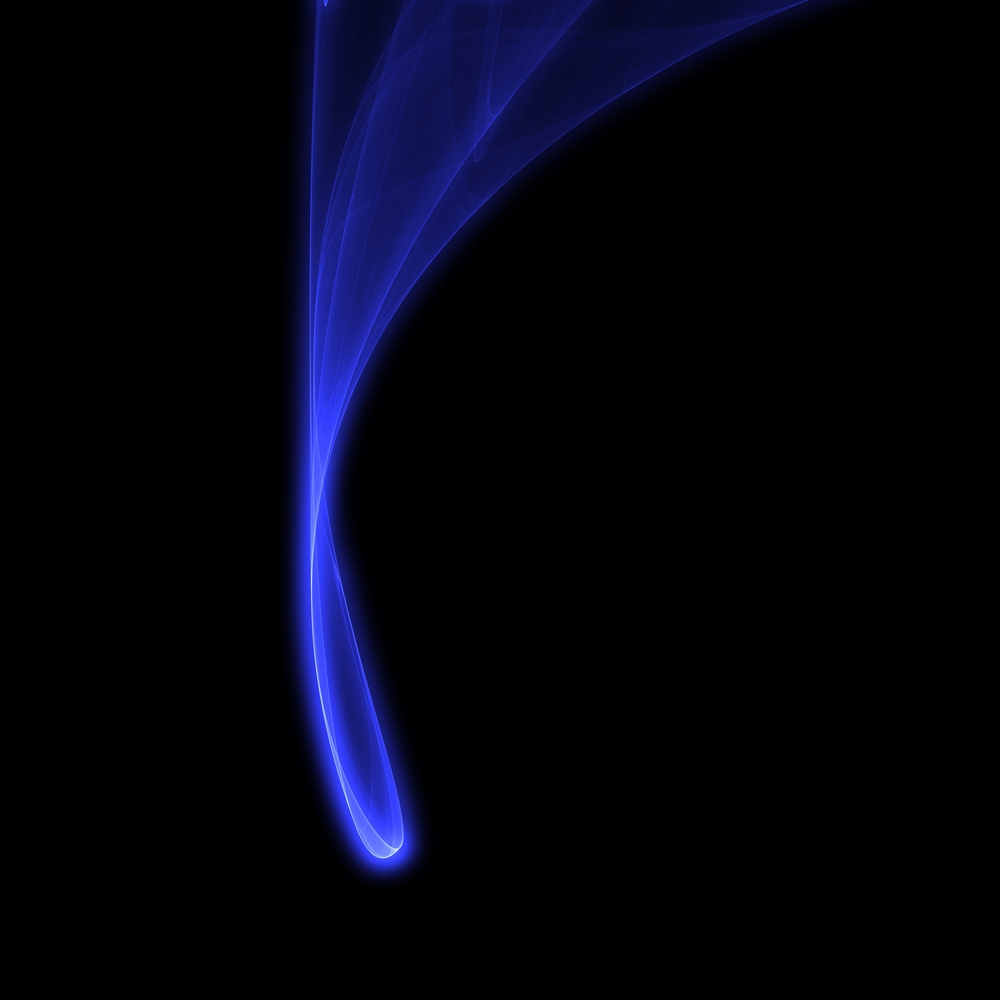 A study published by a team of investigators at Dartmouth-Hitchcock’s Norris Cotton Cancer Center and Dartmouth’s Thayer School of Engineering presented evidence that the Cherenkov light can be used to assess whether the radiation dose prescribed in dynamic treatment plans is being delivered accurately. The study was published in the new issue of Medical Physics.
A study published by a team of investigators at Dartmouth-Hitchcock’s Norris Cotton Cancer Center and Dartmouth’s Thayer School of Engineering presented evidence that the Cherenkov light can be used to assess whether the radiation dose prescribed in dynamic treatment plans is being delivered accurately. The study was published in the new issue of Medical Physics.
Cherenkov light is the product of charged particles moving faster than the speed of light through water. These charged particles excite water molecules and as they return to their normal state, emit a faint blue glow. This is the same blue glow associated with water used for cooling that surrounds nuclear reactors, producing what is known as Cherenkov radiation.
The study looked at the potential application of this light in radiation therapy as a non-invasive measure of dosing precision. As Adam Glaser, the study’s first author explained in a news release, “Cherenkov radiation is emitted and exists as a ‘free’ optical signal that has not been previously utilized. By imaging the light, we can improve the quality and accuracy of delivered plans to prevent radiation mistakes. This will ultimately improve the overall outcome for patients being treated.”
The study utilized a highly sensitive charged-couple device (CCD) camera. A CCD camera turns emitted photon light into a captured digital image. A rapid series of photos were taken using the CCD camera during the administration of Intensity-Modulated Radiation Therapy (IMRT) or Volumetric Modulated Arc Therapy (VMAT) doses. The photos were then transformed into video for viewing.
[adrotate group=”1″]
The video evidence of this initial study confirmed the researcher’s hypothesis that Cherenkov light could be used to evaluate dosing accuracy for advanced radiation treatment plans. “Compared to conventional quality assurance methods, the advantages of this technique are video-rate, real-time data acquisition, two-dimensional projection of 3-D dose distribution, and high spatial resolution that is limited only by the collection optics of the system,” stated David J. Gladstone, ScD Professor of Engineering, Thayer School of Engineering at Dartmouth and lead research investigator for the study.
The researchers plan to use the promising results of this initial investigation and apply them in clinical trials to look at the light imaged directly from patient’s tissue surface.


